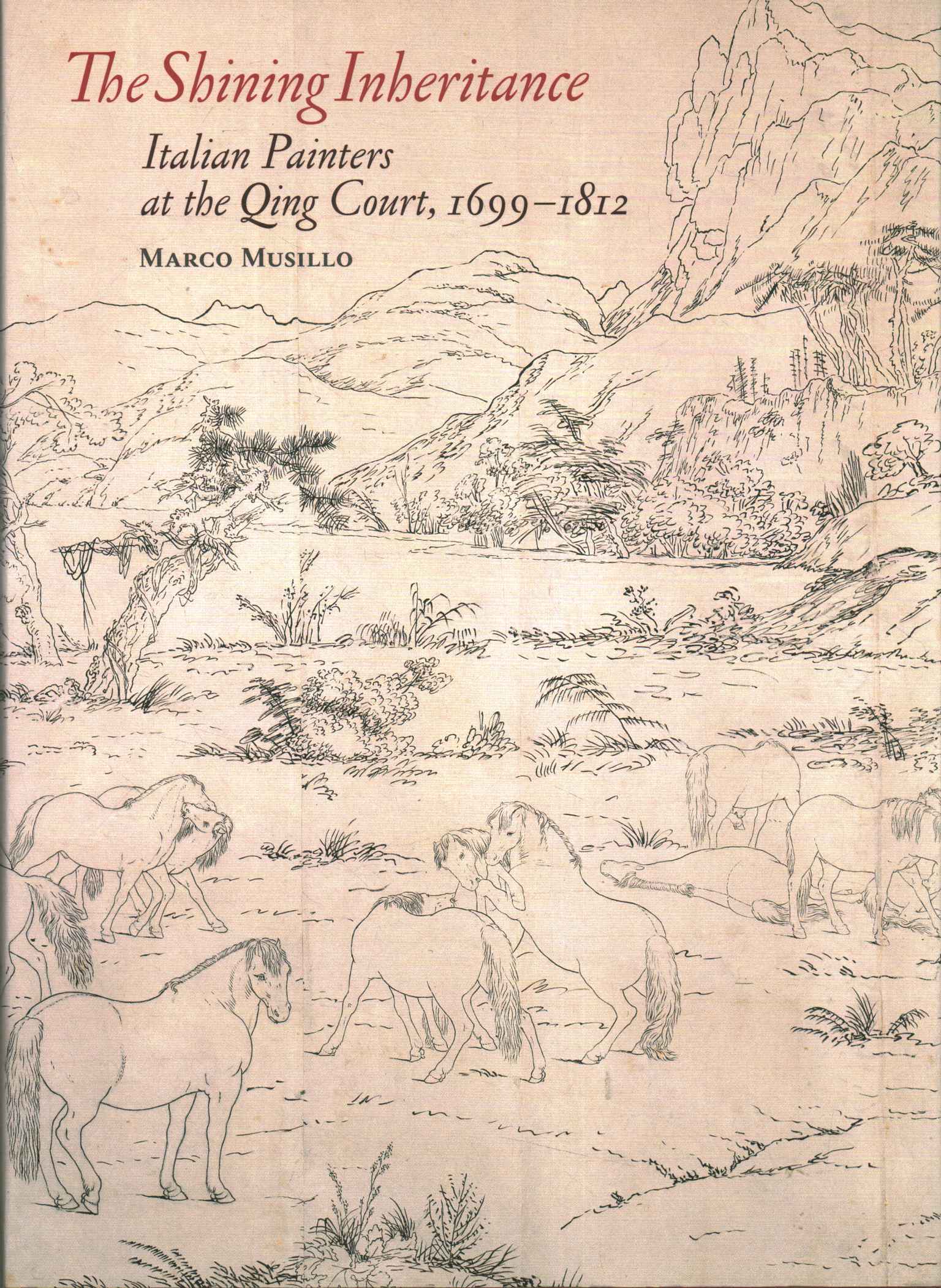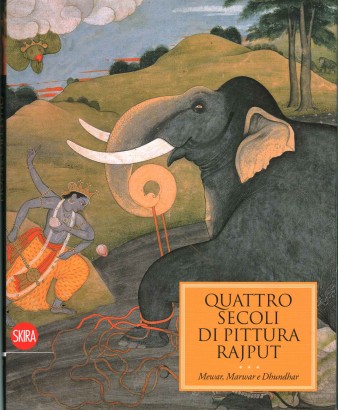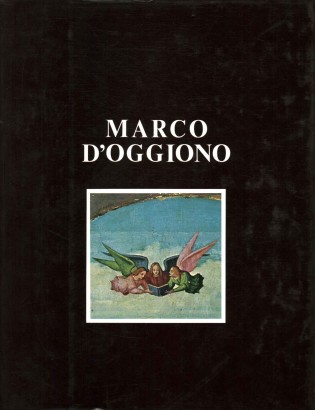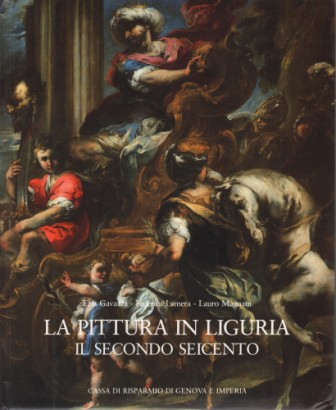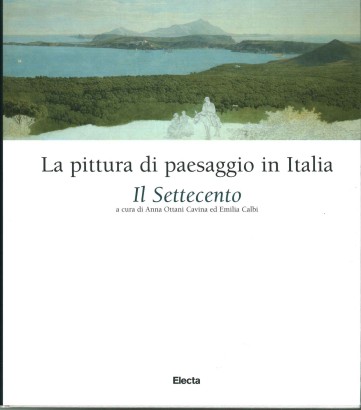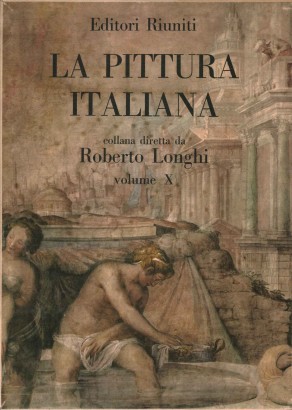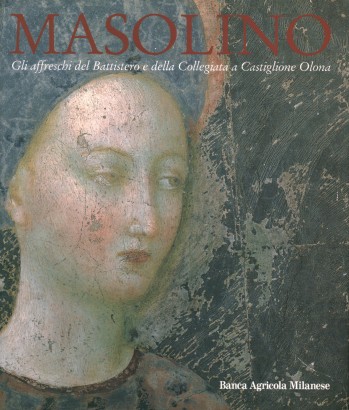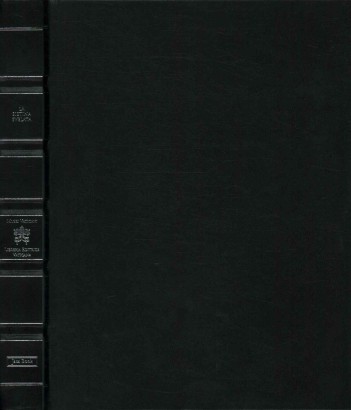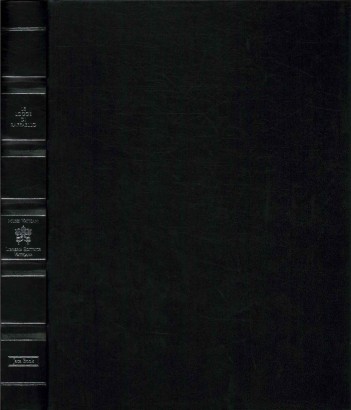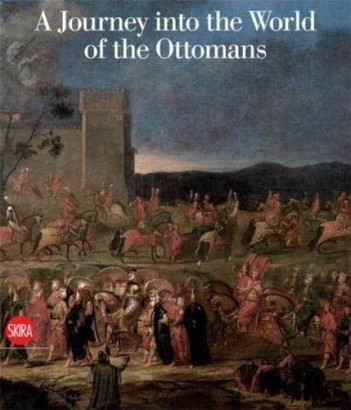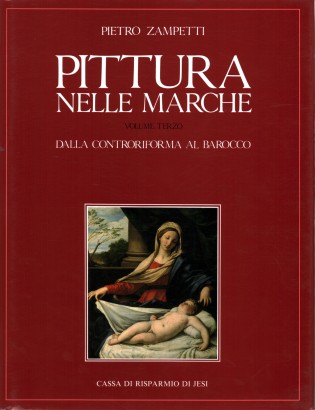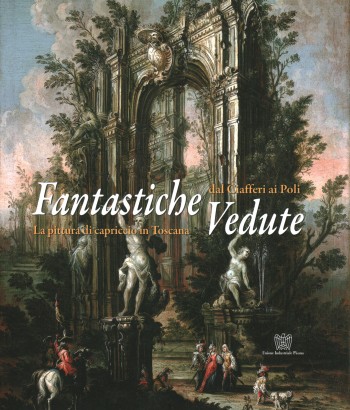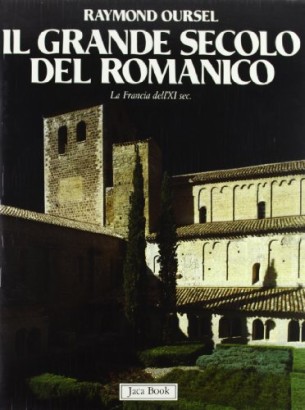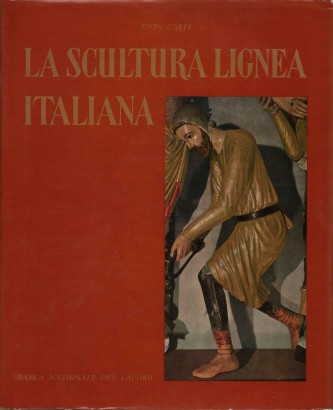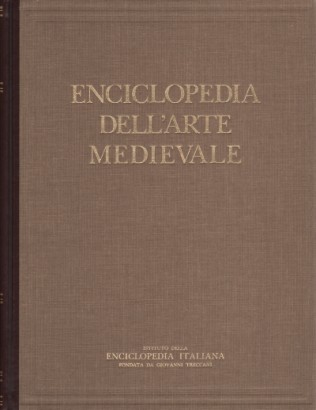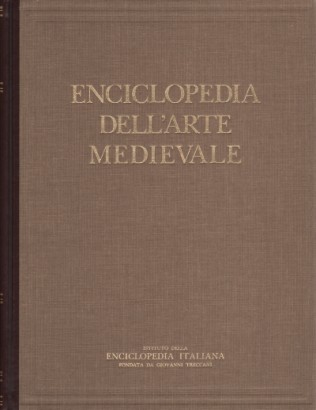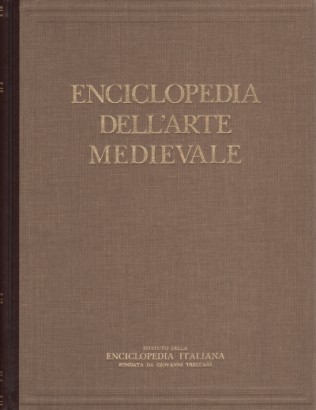The Shining Inheritance - Italian Painters an the Qing Court, 1699-1812
Características
Italian Painters an the Qing Court, 1699-1812
Autor: Marco Musillo
Editor: Getty Publications
Lugar de impresión: Los Ángeles
Fecha de publicación: [2016]
During Qing dynasty China, Italian artists were hired through Jesuit missionaries by the imperial workshops in Beijing. In The Shining Inheritance: Italian Painters at the Qing Court, 1699–1812, Marco Musillo considers the professional adaptations and pictorial modifications to Chinese traditions that allowed three of these Italian painters — Giovanni Gherardini (1655– ca. 1729), Giuseppe Castiglione (1688–1766), and Giuseppe Panzi (1734–1812) — to work within the Chinese cultural sphere from 1699, when Gherardini arrived in China, to 1812, the year of Panzi's death. Musillo focuses especially on the long career and influence of Castiglione (whose Chinese name was Lang Shining), who worked in Beijing for more than fifty years. Serving three Qing emperors, he was actively engaged in the pictorial discussions at court.
The Shining Inheritance perceptively explores how each painter's level of professional artistic training affected his understanding, selection, and translation of the Chinese pictorial traditions. Musillo further demonstrates how this East-West artistic exchange challenged the dogma of European universality through a professional dialogue that became part of established workshop routines. The cultural elements, procedures, and artistic languages of both China and Italy were strategically played against each other in negotiating the successes and failures of the Italian painters in Beijing. Musillo's subtle analysis offers a compelling methodological model for an increasingly global field of art history.
Condición del Producto:
Ejemplo en buen estado. Sobrecubierta con rastros de polvo y mínimos signos de desgaste en las esquinas y bordes. Ligera coloración amarillenta de las páginas. Texto en inglés. Texto en inglés, libro en buen estado.
Código ISBN: 1606064746
EAN: 9781606064740
Páginas: VII,184
Formato: Tapa dura con sobrecubierta
Dimensiones (cm):
Altura: 28
Ancho: 19
Descripción
Texto en inglés. Texto en inglés. Con 62 imágenes en color y b/n nt y ft
Disponibilidad de productos
Disponibilidad inmediata
Listo para entrega dentro de 2 días hábiles de ordenar el producto.



